 |
|
| You are here: Index > Surveys of Secondary Worlds > W | |
Reviewing Kamen Rider W (2009)[written 04-01-2025]I'm a big fan of the transforming hero archetype. My first exposure was Power Rangers Samurai over a decade ago, and as of late I've been making a return to sample what the genre of tokusatsu has to offer. Over the past year that was Kamen Rider Black and Shin Kamen Rider, both of which I will give proper reviews in the future. For now, however, I'd like to talk about the popular detective duo of the franchise, Kamen Rider W, or Kamen Rider Double as it is sometimes known. 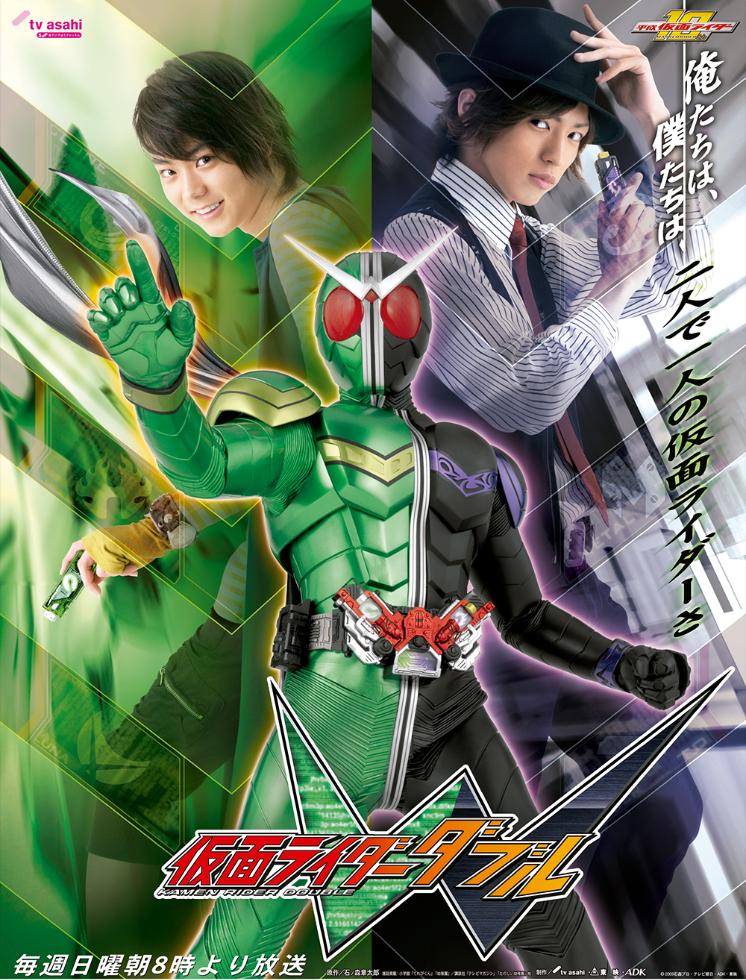
Personal Scorethis criteria uses the DecentFilms rating formula.Letter-Grade Recommendability: A+ This show centers around a small detective agency solving crimes in the windy city of Fuuto. The gimmick of the series, Gaia Memories, are black market items that many seek out in order to commit their crimes. Such people are known as Dopants, monsters that the Narumi Detective Agency specializes in. The two main detectives, Shotaro Hidari and Philip, use Gaia Memories of their own to transform into Kamen Rider W, a fusion of their minds into a singular body that fights to defeat Dopants and any that terrorize Fuuto. The action in Kamen Rider W is really fun. Kamen Rider Black was a Showa-era series, meaning that the action it was very grounded and simple. Heisei-era Kamen Rider W, on the other hand, has a plethora of forms and attacks that are mixed up depending on the situation. The Gaia Memories gimmick comes into play here alongside the Double gimmick, allowing for any combination of two memories to suit a new threat: a combination of Cyclone and Trigger can use wind-based projectiles, Heat-Metal wields a flaming metal staff, and Luna-Joker can elongate his limbs like Mr. Fantastic. W's motorcycle is similarly modular, able to transform most notably into a flying craft. You never know what kind of fight you're in for and that contributes greatly to the appeal of the fights, which in true tokusatsu fashion are physical props and suit acting combined with some flashy special effects that are used sparingly enough to avoid taking you out of it. 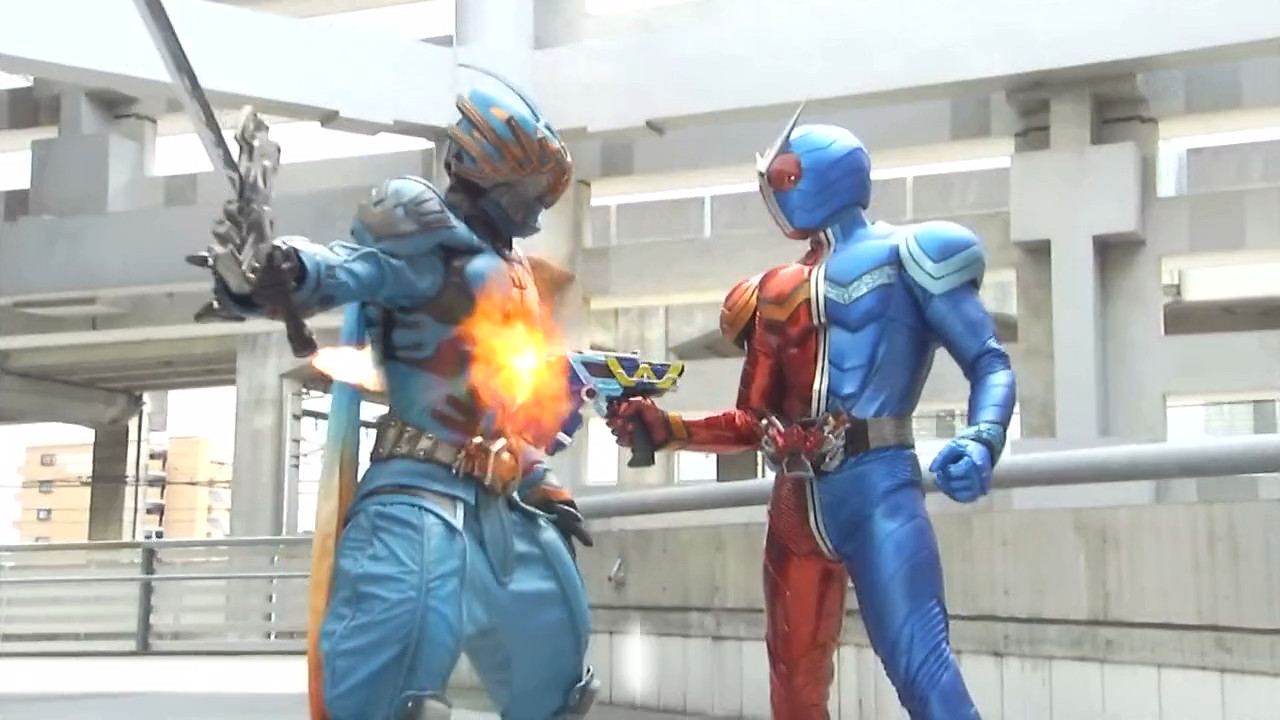
The show is formatted into two-episode mystery stories, with one overarching plot containing them all. The two detectives use their strengths to solve cases - Shotaro as the face and Philip as the brain - before transforming to defeat the Dopants that they encounter in their investigations. There are a lot of great stories here, as the various criminals are often just normal citizens lapsing into bad judgement or malicious intent. This gives the show the ability to tackle a lot of themes, most notably revenge. Everyone has a use for power for their own purposes, and the corruptive nature of Gaia Memories only makes the problem worse. It's up to Shotaro and Philip to set these people straight and dish out justice. These two have a very strong chemistry, and you really get to know them as time goes on. Both carry scenes on their own as well, especially Renn Kiriyama as Shotaro, who manages to pull off some fantastic performances. I would argue Shotaro is the best character in the show, as his "half-boiled" approach to detective work is constantly under fire. He struggles often to set his emotions aside when dealing with cases and this is often his greatest strength, as his empathy allows him to be humanity to the people he encounters. Philip is the opposite in personality, the bookish often unfeeling nerd with a mysterious past. His theme is agency, learning to embrace his own manliness and grow into his own person beyond a past that gets revealed over time. The differences between these two and the struggles they face put them in a position to constantly reinforce one another, an iron-sharpens-iron brotherhood that makes them inseparable and unstoppable. It's very fun to see, and while I liked Kamen Rider's Black indomitable lead I have to admit these two may be my favorite tokusatsu protagonists so far. 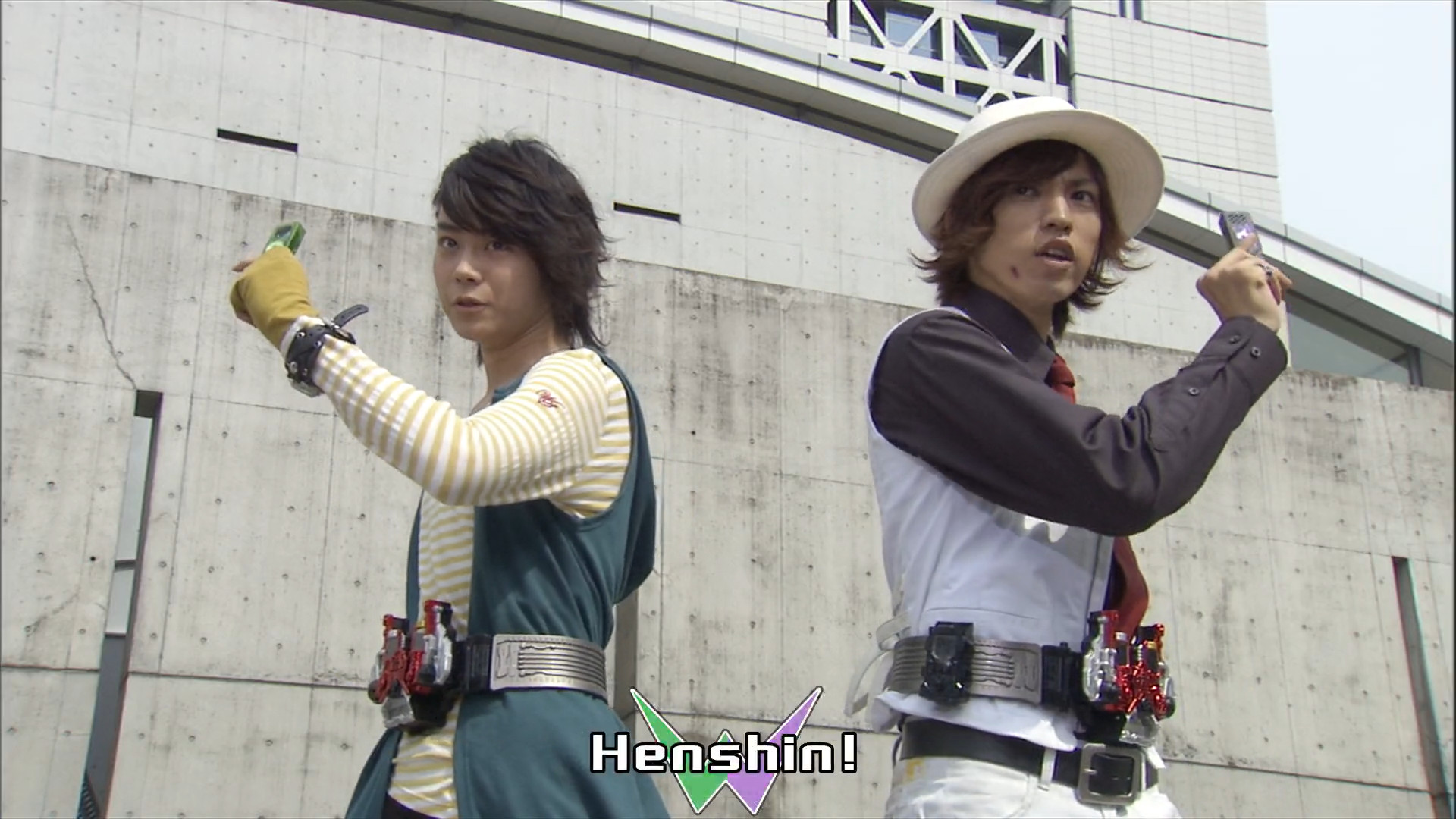
Supporting characters are fairly good in their own right. Most notable is Akiko Narumi, the bubbly comic relief, whose humor I think did get old quickly but served as a nice emotional weight in her more serious moments. There's also Terui Ryuu, a vengeful cop who takes on the mantle of secondary hero Kamen Rider Accel; more of a Shadow the Hedgehog character, his personal story of revenge and justice is a very compelling contrast to the main hero. Our primary villains are the Sonozaki family, head of Gaia Memory producer Museum, and they are both formidable and personable. Being at the head means they're not really in the action until much later in the show, but their continual presence and shifting dynamics keep them in play. One character I quite liked was Fuuto itself. There is a lot of value to Fuuto as a city and a people, with Shotaro driven by his desire to "keep the city from crying". There is a lot of characterization put into Fuuto to back this up, with locations and a mascot to personify it, as well as a large cast of characters who frequently play minor roles in the various adventures. The background characters inject some light levity into investigations, often approached by Shotaro for information, and some characters that get their own stories often show back up in small ways. There's a constant wind motif, symbolized by pinwheels and the large windmill in the form of Fuuto Tower, and wind is used to describe the soul of the city. This carries into Kamen Rider W's design, with the primary use of the Cyclone Memory for wind-enhanced attacks and the flowing scarf over his right shoulder. All of these details make W not just some hero, but specifically Fuuto's justice and protector, which is a trope I really like. Heroes that represent their home and the people in it are my favorites. 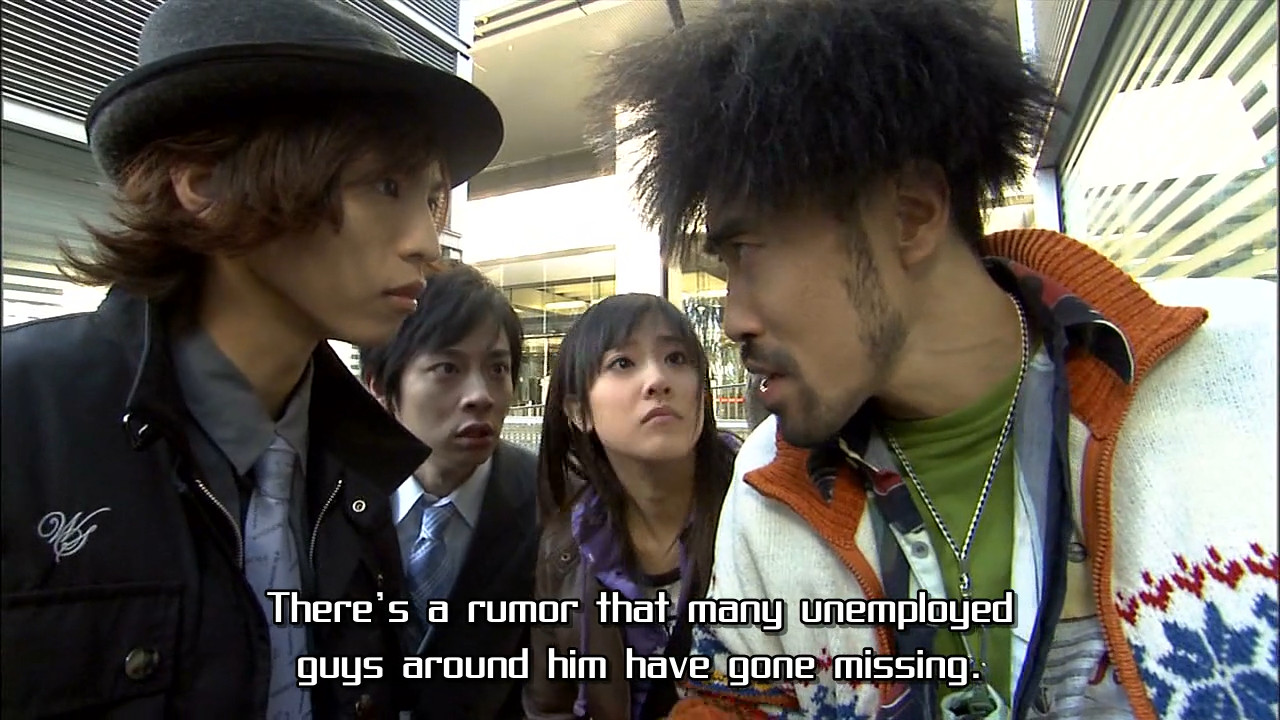
I liked the overall story of Kamen Rider W, which is one of partnership. The more things progress, the closer Shotaro and Philip become, and the more they butt heads. Their ideals are tested against the might of Museum, and they have to rely on the power of their bond to push through their trials. While Museum is constantly changing as the Sonozakis conspire against one another, our protagonists work through their differences and grow ever stronger. It's a great story of reconciliation and brotherhood that I found I really enjoyed, being close to my own family. Brotherhood is a valuable thing to have and Kamen Rider W exemplifies this. There are a couple movies sprinkled into W's runtime, serving as both fun events and additional backstory. The first is Kamen Rider Movie War 2010, which features the origin story of Kamen Rider W as well as a crossover with the previous year's Kamen Rider Decade. Begins Night is the first half and origin story, which covers when the detective duo first meet and Shotaro's former boss in Kamen Rider Skull, and this is essential viewing as it is critical ground for Shotaro; the latter half, on the other hand, is a crossover and epilogue for Kamen Rider Decade, and it was far weaker in my eyes as I have little knowledge of Decade. The second movie, Gaia Memories A to Z, introduces NEVER and special villain Kamen Rider Eternal; if Accel is the Shadow the Hedgehog of this story, Eternal is Scourge the Hedgehog in his edgelord glory. The Gaia Memories movie is about Philip's past and his longing for familial connection, and while this is more about the spectacle of a Rider vs Rider fight it does set the stage for Philip's character before the series finale. There are viewing charts that specify where these movies fit in the timeline of the show, and while not anything amazing I would strongly recommend them as merely longer episodes in the overall narrative. 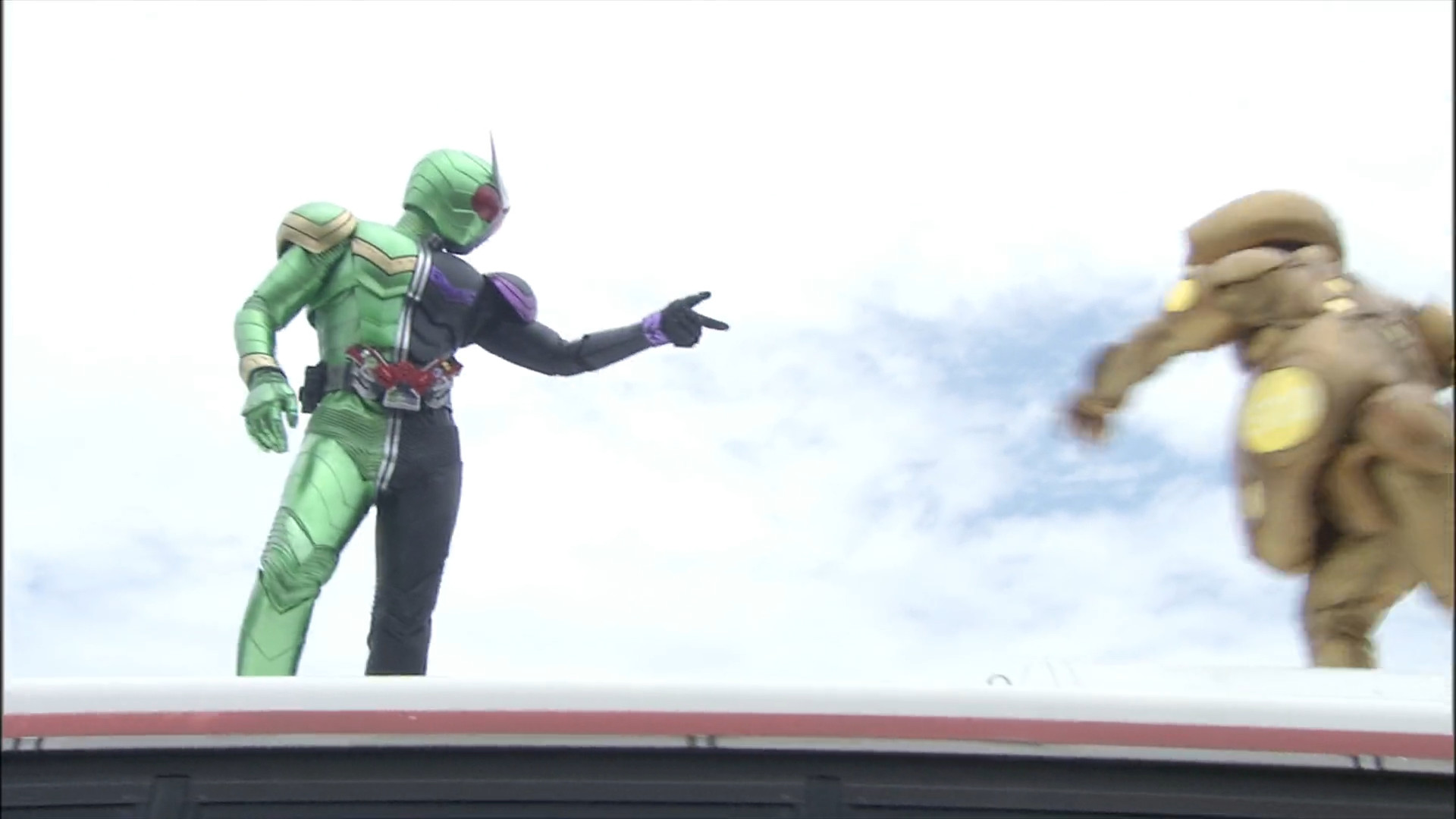
Kamen Rider W ran for 49 episodes, and I came out very satisfied. It has a great story, fun action, and a memorable cast of great characters. The differences between the Showa-era Kamen Rider Black and this were very apparent, and while I still favor Black's somber themes I consider this better in many other aspects. I wanted more, and thankfully there is a lot of bonus material for W fans post-series to enjoy. The first of the movie epilogues is Kamen Rider Accel, focused primarily on Terui Ryuu. The character of Accel was a very strong secondary Rider and giving him center stage for a movie is excellent. We get to see how his approach to justice as a cop has changed after meeting the detectives, as well as his newfound relationship with Akiko. This dive into what Accel now stands for is paired with some beautiful action, both in and out of costume. There are a couple fights in particular where Ryuu is in no position to transform, and this makes for some really nice choreography as everyone battles it out hand-to-hand. In the end we get a really solid, even necessary bookend to Accel's arc that I would consider essential closing. 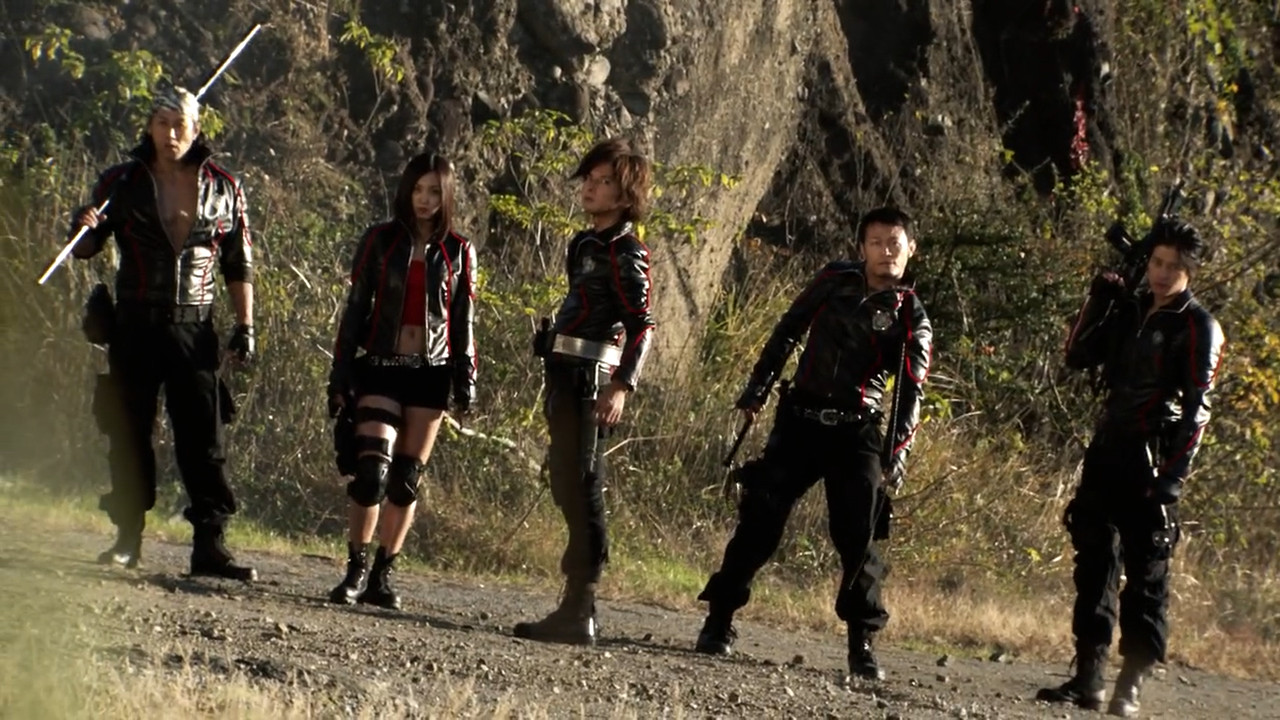
The second epilogue is Kamen Rider Eternal, and this one a prequel in the shape of an epilogue. W finds a witness to Katsumi Daido's past and thus we get more into his backstory leading right up to the events of the Gaia Memories movie. This movie is, in my opinion, the weakest part of the series. While Eternal is a cool villain and Mitsuru Matsuoka has a great presence whenever he shows up, there isn't a lot to him as a character and thus there isn't much of a story to tell. We do get more insight into Foundation X and the world outside of Fuuto, which is a nice touch and does work to further ground the adventures of W. But as I said, this is still a weak entry with decent action and is an excuse for Eternal fans to enjoy more of this edgelord (as well as Minase Yashiro returning as the fiery tomboy Reika Hanehara). In my torrent of the series, I also found a few DVD specials. Farewell Beloved Recipe is a "Hyper Battle Video", a comedic bonus to the show featuring a cooking-themed villain and a cook-off between the main cast members, and I quite liked it for what it was. Following it up was a much shorter Gaia Memory Encyclopedia, where Philip gets temporary amnesia and Shotaro has to explain what their Memories do, and that was okay albeit a bit too shallow for my taste. I have yet to see Delusion Diary, which is a series of what-if stories Shotaro daydreams up plus some behind-the-scenes work, but I will probably get around to watching it later. Since these are all non-essential videos, however, I figured covering them all here isn't necessary, since the specials are post-series material and for the already existing fans of Kamen Rider W. 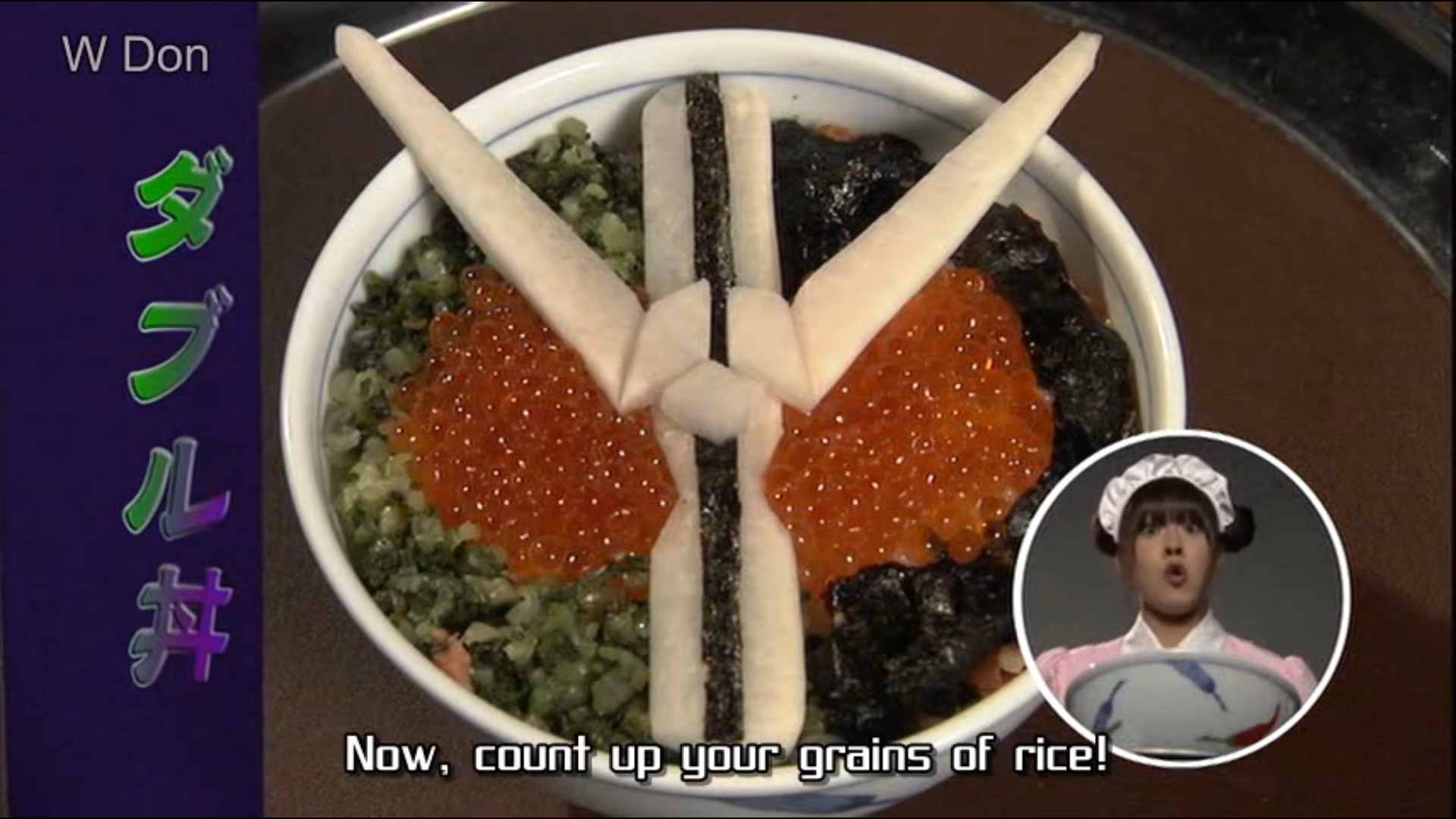
This is a series I would really like to see in one Blu-Ray package. I watched Kamen Rider W as a fansub, which provided great translator's notes and colorful subtitles to match the action. I currently own the Blu-Ray of Kamen Rider Black, and it is a solid release by Discotek that I used to watch most of the show. I hope this gets the same treatment, since I think this more than deserves a place on my shelf as a great superhero show. Until then, I'll continue on to the sequel series of Fuuto Pi and explore more of what tokusatsu has to offer me. |
|
Exodite.org | 2023-2024





|
|